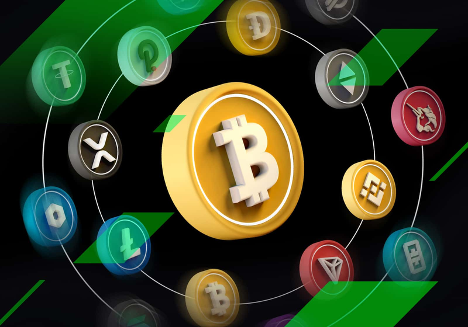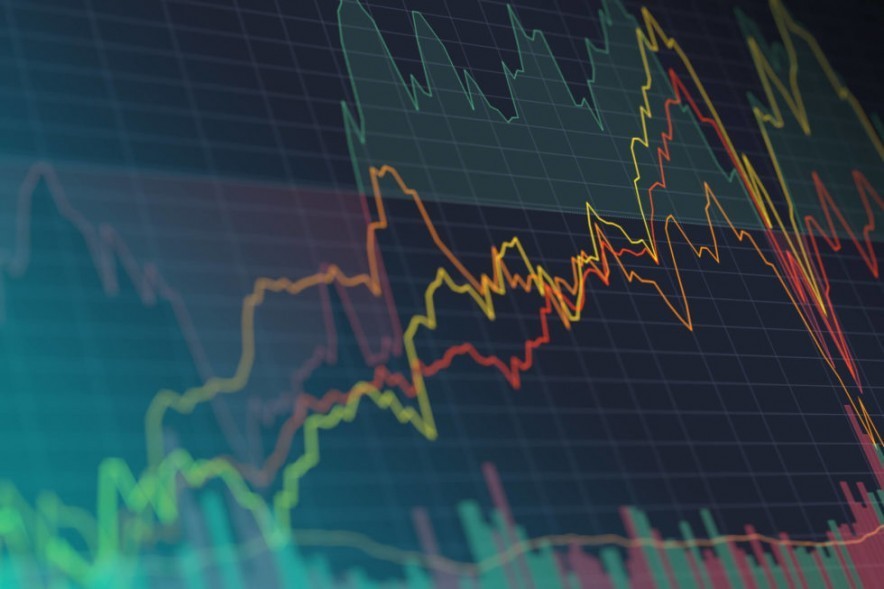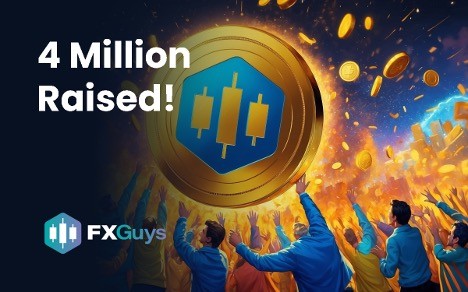Things You Need to know About Decentralized Finance
Apr 26, 2021, 7:15pm
Defi is one of the buzzwords of the year 2021. Some even regard DeFi as a potential solution for the global market in the future.
So what is DeFi exactly? Will this be just a passing trend or will ignite a “new revolution” in the global market?
All will be revealed in the following article. So let’s dive in!
What Exactly Is DeFi?
DeFi stands for Decentralized Finance. This is the term used to refer to financial applications built on Blockchain.
Currently, Ethereum is the platform with the most active DeFi applications. However, this is not the only Blockchain – we still have a wide range of options from Blockchains by IOST, EOS, TRON, and even Bitcoin, you can find BTC DeFi.
DeFi has always been accompanied by the term “Non-Custodial” i.e. non-mandate. Due to this feature, we often call it Open Finance.
You can visit their website by clicking this link: https://www.yield.app/
DeFi vs CeFi Comparison
CeFi is centralized finance, in which components such as organizations, trading markets, or instruments are centrally managed. Centralized finance is always accompanied by the phrase “custodial” or trust, that is, assets, products, and services in finance will be entrusted to certain organizations.
Having that said, the biggest difference between traditional finance and decentralized finance is trust. In Traditional Finance: There are intermediaries with centralized power in organizations, markets, and financial instruments. Meanwhile, DeFi leverages Blockchain’s power of transparency and decentralization to eliminate these intermediaries.
Specifically:
- Government or banking (CeFi) will be replaced by decentralized blockchains.
- CeFi’s assets will be replaced by tokens located in the Blockchain ecosystem. They are decentralized.
And DeFi’s mission is to provide users with access to financial services anywhere, whenever they have the Internet. DeFi’s openness is shown here.
The Many Perks Of DeFi
Privacy
DeFi dapps will have a limited need for a third party (banks or similar institutions) for the user to be custodians of their assets. At the same time, DeFi also allows users to own private keys. Transactions will be recorded under fake names to ensure the user’s privacy.
Transparency
In the decentralized financial space, you will often hear the phrase “Don and trust, verify!” – i.e. you can verify any transaction on the blockchain as well as Defi.
Easy Access
Defi has a feature called Permissionless. Anyone at any place, any time can access and use DeFi products and services without being decentralized or restricted by any party.
High Interoperability
Building a main block makes interoperability between blocks much simpler. From there, users can create an ecosystem that can expand and become diverse over time.
Built On The Premise Of Blockchains
Blockchain technology plays the role of a ledger that records all transactions occurring in the system. It features outstanding traits such as:
(1) Cannot be tampered with
(2) Indestructible blockchain chains
(3) High data security, high transparency
(4) Low cost
(5) Fast transactions
(6) Contracts that cannot be cheated
The Downsides Of DeFi
The only disadvantage of decentralized finance is probably the approach and usage. DeFi is tied to crypto-assets, so new users will need quite some time to learn how to use DeFi applications.
Some Components In DeFi
Decentralized Stablecoins
Stablecoins are issued in a decentralized form.
I call these stablecoin 2.0. Generation 1.0 are stable currencies issued based on collateral, which are centralized commodities such as USD dollars, gold (USDT, USDC, TUSD, ..) And Stablecoin 2.0 (Decentralized Stablecoins) are issued based on the collateral of other cryptocurrencies (DeFi).
To put it simply, you can mortgage some of your cryptos to issue a stablecoin (with a smaller amount). In such projects, there usually are Governance tokens – this is the token that you can invest in.
Some projects that you should know: MakerDAO (MKR), Terra (LUNA), Just (JST), Reserve (RSR), Kava (KAVA), Venus (XVS).
Decentralized Lending and Borrowing
These are decentralized lending & borrowing platforms. Some notable projects: AAVE, MakerDAO, Osis, BZRX, Fulcrum, Compound, Dharma
Decentralized Insurance
This is a form of insurance for users in DeFi applications. Featured projects: Hakka Finance (3F Mutual), Yearn Insurance, Nexus Mutual, Opin.
Decentralized Exchanges (DEX)
These are decentralized exchange platforms. This should be very familiar to the experienced users, as it was developed in 2017. Up to now, they are also divided into many different types.
- DEX 2017 – 2018: Kyber (KNC), Loopring (LRC), Bancor (BNT)
- DEX 2020: Serum DEX (SRM), Sushiswap (SUSHI), Uniswap (UNI), 1Inch, Balancer (BAL), Curve (CRV)
Liquidity Mining
Liquidity mining allows users to make profits by providing the liquidity of the coins they have to the exchange platform. In return, the participant will receive a reward of governance token. This has been very popular since July 2020 and usually comes with the keyword Yield Farming.
Some example: Sushiswap (SUSHI), Hard (HARD), Sun (SUN), Yam, Luaswap (LUA), Hakka Finance (HAKKA), Bella (BEL), Flamingo (FLM)
Decentralized Oracles
Oracle is a real-time data delivery system for blockchains and smart contracts. Thanks to Oracle, blockchain and smart contracts (on-chain) can interact with external data (off-chain).
Prominent projects: Chainlink (LINK), Band Protocol (BAND), DIA, Tellor (TRB), Nest Protocol (NEST), Zap, Augur (REP)
Decentralized Derivatives
Decentralized derivative products include Synthetix (SNX), Opium, Opyn, Hegic (HEGIC), and UMA.
Synthetic Assets
General assets include Synthetix, Tokenlong, and UMA
Several emerging DeFi groups in 2020
- DeFi Ecosystem: These are projects that provide ecosystems & many different solutions, not just a single product: Hakka Finance (HAKKA), Yearn (YFI), Alpha Finance (ALPHA), Cream Finance (CREAM)
- Decentralized Prediction Market: Projects include: Open Predict, Augur (REP), PlotX (PLOT), Decentralized Insurance (decentralized insurance).
Conclusion
As can be seen, DeFi is not just a passing trend, instead, it is an inevitable development of the market, serving the rightful needs of users. The total capitalization of DeFi projects is currently $ 18.4 B, accounting for 3.4% of the market cap. Having that said, the opportunities for DeFi’s are undeniable.
I believe we are still in the early stages of DeFi and this crypto market. Thus the best thing to do right now is to thoroughly study the topic and groups of coins that you are interested in before investing. Besides, choosing the right platform to invest in should also be a priority. It is advisable to start your DeFi journey on a safe platform that could also educate new users with the information needed. Yield App is such a platform! With this, you can discover the easiest way to earn interest in Crypto, safe and sound.
Having that said, I wish you all the best in future investments in DeFi!





